Anastrox ZX
$45 $38
Package: 5 vials (1mg/vial)
Active Substance: Long Arginine 3-IGF1
Product Name: IGF1 LR3, Long Arginine 3-IGF1
Instruction
Chemical Characteristics of Anastrozole
Anastrozole is a non-steroidal aromatase inhibitor. This is to say that it does not possess the characteristic four ring cycloalkane ring carbon structure common of all types of steroids.
Properties of Anastrozole
Arimidex’s effects on serum Estrogen level control can be quite drastic even at a dose of 1mg daily. The amount of Estrogen suppression resulting from this dose has been demonstrated to be over 80% in patients. Anastrozole can be so effective at inhibiting the aromatase enzyme and thereby reducing Estrogen levels that this compound is typically only administered to post-menopausal females, and/or utilized when other first-line treatments for breast cancer has failed.
Anastrozole and Letrozole are both classified as non-steroidal and non-suicidal aromatase inhibitors that compete with the substrate for binding to the enzyme active site. This is very different from Aromasin (Exemestane), which is a steroidal and suicidal aromatase inhibitor that acts as a mechanism-based steroidal inhibitor that mimics the substrate, is converted by the enzyme to a reactive intermediate, and results in the inactivation of the aromatase enzyme . For ease of understanding, what this means to the layman is that Aromasin’s chemical structure resembles the traditional ‘targets’ that aromatase binds to (Testosterone, for example) and that it essentially ‘fools’ the aromatase enzyme into binding with it, only to become inhibited/deactivated. Because the binding strength is so great, this inhibition becomes permanent for the aromatase enzyme that Aromasin has become bound to.
Anastrozole and Letrozole, being non-suicidal aromatase inhibitors, both compete with the enzyme’s traditional ‘targets’ rather than being assured a permanent spot (which is the advantage that Aromasin has over the other two).
Bodybuilders and athletes utilizing anabolic steroids will usually favor aromatase inhibitors such as Anastrozole for its ability to eliminate rising Estrogen levels at its root cause: aromatase. By disabling the aromatase enzyme, supraphysiological levels of aromatizable androgens cannot convert into Estrogen, thereby eliminating any possible risk of Estrogen-related side effects.
Anastrozole Side Effects
Being that Anastrozole is an ancillary compound for the purpose of Estrogen control within the body, it is a compound that is generally well tolerated by male users. There are, however, some Anastrozole side effects to be concerned about. This primarily exists in the form of excess reduction of blood plasma levels of Estrogen in the body, as well as long-term Estrogen suppression. Anastrozole does affect females in a far greater and significant manner than it does in male users as well.
When it comes to Estrogen reduction and suppression, it must be understood that unlike SERMs (Selective Estrogen Receptor Modulators) such as Nolvadex or Clomid (Clomiphene Citrate), Anastrozole belongs to the family of aromatase inhibitors. This means that it serves to disable the aromatase enzyme, which is responsible for the aromatization – or, conversion – of Testosterone into Estrogen. In other words, Anastrozole reduces total circulating Estrogen levels at the root source as opposed to SERMs, which serve to merely block the activity of Estrogen at select receptor sites.
Studies have demonstrated that Anastrozole use results in the increased incidence and probability of experiencing bone fractures. Although this is a more female-specific side effect of Anastrozole use, Estrogen does play an important role in the promotion and retention of bone mineral content in males as well. There have been studies conducted that discovered that Anastrozole does negatively impact calcium turnover levels in bone tissue with even short term use.
Lethargy and fatigue is commonly associated with Anastrozole use. As with nearly all Estrogen reduction compounds, a reduction in circulating Estrogen levels means that the important role that Estrogen plays in the CNS (Central Nervous System) is reduced, thus resulting in possible instances of chronic fatigue. This is usually the result of Estrogen levels being reduced to levels that are considered far too low to be healthy.
One particularly prominent side effect of Anastrozole use is the negative impact on blood cholesterol profiles. As with nearly all Estrogen reducing compounds, Anastrozole will also decrease HDL (good) cholesterol and increase LDL (bad cholesterol). This is because Estrogen is responsible for the promotion of healthy cholesterol levels in the body, and a disruption of normal blood plasma levels of Estrogen will indeed throw that off. Of course, it also goes without saying that the more severe reduction of Estrogen, the more severe the cardiovascular impacts will be in this area.
One Anastrozole side effect of importance is the possibility of Estrogen rebound. This exists in particular with two of the three most popular aromatase inhibitors (Anastrozole and Letrozole). The third aromatase inhibitor, Aromasin (Exemestane) does not share this same attribute of the possibility of Estrogen rebound. This is because unlike Aromasin, Anastrozole is a non-suicidal aromatase inhibitor. This means that Anastrozole will bind with and disable the aromatase enzyme, but it does not do it permanently. At some point, Anastrozole will dissociate with the enzyme and the enzyme will then be free to do its job again in the body. What this means for the end user is the risk of a rebound of Estrogen levels (and thus, Estrogen related side effects) if Anastrozole use is halted too soon or abruptly after beginning use.
Dosing and Administration of Anastrozole
Medically, Anastrozole is utilized as a medication in the treatment of post-menopausal female breast cancer where Estrogen has been determined to be the prime cause. The prescription dosing and administration of Anastrozole in these cases call for 1mg taken once per day, until the progression of the cancer has stopped.
Anastrozole For Gynecomastia and Estrogen Control On-Cycle
For the purpose of Gynecomastia control and general on-cycle Estrogen control, Anastrozole is to be used at a general range of 0.5 – 1mg per day, and can be adjusted depending on the user’s tolerance and reaction to the compound. Everyone should adjust their Anastrozole dosage according to their individual response. It is not uncommon for 0.5mg/day to even be too much (or too little) for some. It should also always be remembered that the purpose here is Estrogen control during a cycle, not total elimination of Estrogen levels.
Anastrozole For Post Cycle Therapy (PCT)
As Anastrozole has been shown in studies to assist in the generation of endogenous natural Testosterone production in males, an Anastrozole dosage of 0.5mg to 1mg per day should be sufficient for the duration of any PCT length.
Anastrozole possesses a half-life of approximately 48 hours, and it is important to also understand that peak blood plasma levels will not be achieved with Anastrozole until a full week (7 days) of consistent use is achieved. Anastrozole can also be taken at any time of day, with or without food.


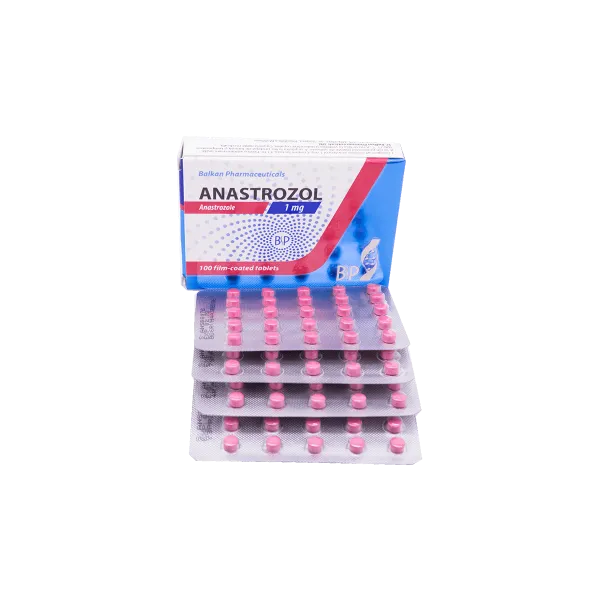
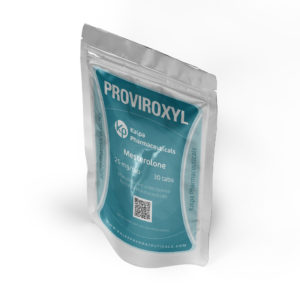

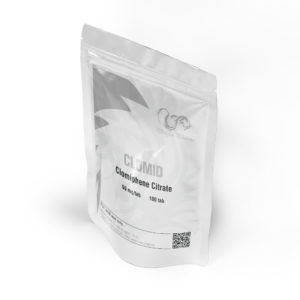
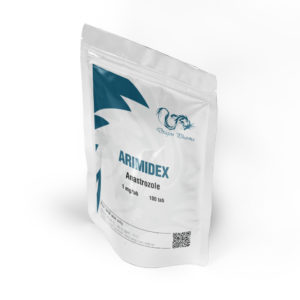
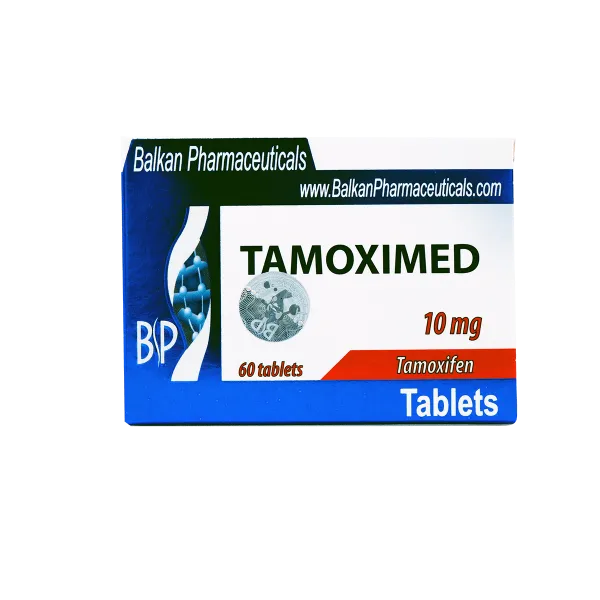
Reviews
There are no reviews yet.